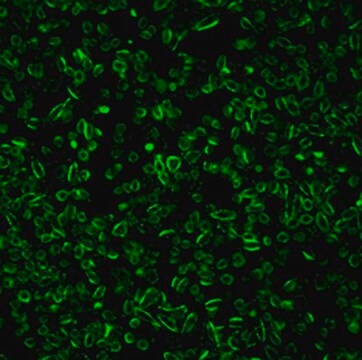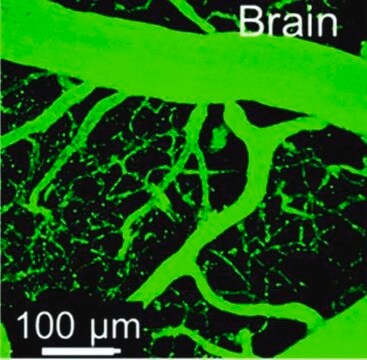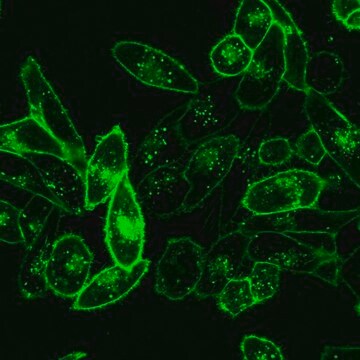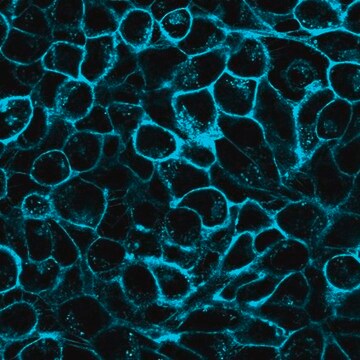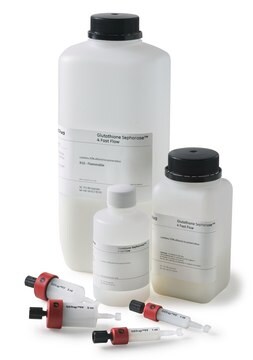SCT013
LuminiCell Tracker 670- Vascular Labeling Kit
Biocompatible organic fluorescent nanoparticles (AIEDots) that can be used to fluorescently tag vasculature in living tissues and animals for studies of inflammation and vascular leakage.
Synonym(s):
AIEDots Cell Tracker Dye, AIE Live Cell Fluorescent Dye, Fluorescent Cell Tracking Dye, Live Cell Fluorescent Nanoparticles
About This Item
Recommended Products
Quality Level
technique(s)
cell culture | mammalian: suitable
detection method
fluorometric
shipped in
ambient
General description
Emisson Maximum: 670nm
Suggested Filters:
Excitation: 458/488/543nm
Emisson: 670-800nm
The Luminicell Tracker<TMSYMBOL></TMSYMBOL>-670 Vascular Labeling Kit contain red fluorescent AIEDots nanoparticles without TAT sequences. These nanoparticles can be used to fluorescently tag vasculature in living tissues and animals for studies of inflammation and vascular leakage.
Features and Benefits
● Brighter: 10X brighter than other cell labeling technologies
● Photostable: 3X longer fluorescence without signal quenching
● Biocompatible: Non-toxic organic nanoparticles intended for biological applications
● Rapid Protocol: Easy-to-use protocol labels cells within 4 hours
Quality
Concentration: 180-220nM
Fluorescence: 665+/-10nm
Brightness at 670nm: ≥1.70X10^7 M-1cm-1
Physical form
Storage and Stability
Note: Some particulates may form as a result of nanoparticle aggregation during shipping. To get particulates back in solution, sonicate the vial containing LuminiCell Tracker three times for 1 min each before use.
Disclaimer
Storage Class Code
12 - Non Combustible Liquids
WGK
WGK 2
Flash Point(F)
Not applicable
Flash Point(C)
Not applicable
Certificates of Analysis (COA)
Search for Certificates of Analysis (COA) by entering the products Lot/Batch Number. Lot and Batch Numbers can be found on a product’s label following the words ‘Lot’ or ‘Batch’.
Already Own This Product?
Find documentation for the products that you have recently purchased in the Document Library.
Articles
Biocompatible organic fluorescent nanoparticles (AIE Dots) that can be used to label cells and vasculature for long-term live cell tracking and tracing experiments.
Our team of scientists has experience in all areas of research including Life Science, Material Science, Chemical Synthesis, Chromatography, Analytical and many others.
Contact Technical Service